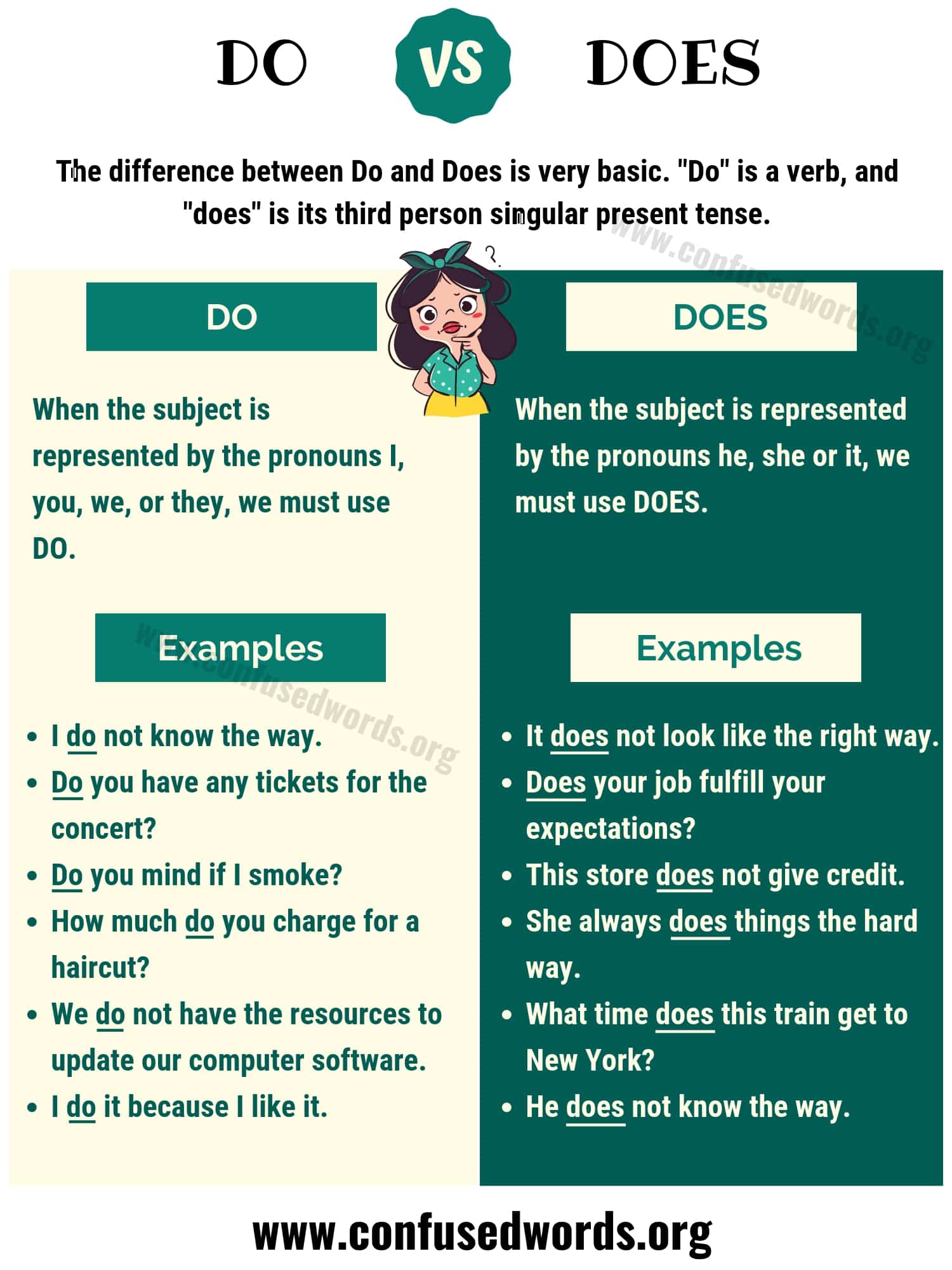Navigating the Complexities: Why Enforcing Safety Standards Is Challenging for the FDA
Introduction
The U.S. Food and Drug Administration (FDA) is responsible for ensuring the safety and quality of food and drugs, a mandate that affects millions of consumers and patients daily. However, enforcing safety standards is a complex and evolving challenge, shaped by regulatory limitations, resource constraints, technological advances, and industry practices. This article explores the core difficulties faced by the FDA and offers actionable guidance for stakeholders seeking compliance and safety.
Regulatory Gaps and Limited Authority
One of the most significant challenges for the FDA is regulatory gaps -areas where the agency’s legal authority is insufficient to address all safety concerns. For example, the FDA lacks the power to order mandatory recalls for certain drugs found to violate the Federal Food, Drug, and Cosmetic Act. Instead, the agency must rely on manufacturers to initiate voluntary recalls, potentially delaying removal of unsafe products from the market. This limitation has come under scrutiny following recent widespread recalls and Congressional investigations into contaminated over-the-counter (OTC) products, such as eye drops linked to severe injuries [1] .
Foreign and domestic manufacturing facilities also present enforcement challenges. The FDA cannot always track when new facilities begin producing drugs for the U.S. market, nor can it require inspections before products enter commerce. This regulatory blind spot increases the risk of quality failures and underscores the need for legislative reforms and more robust tracking systems.
Actionable Steps: Companies should proactively notify the FDA of new manufacturing operations and comply with voluntary recall procedures. Stakeholders can advocate for additional FDA authority by contacting their Congressional representatives and participating in policy discussions.
.webp?width=1644&height=1254&name=Food%20Safety%20Dashboard%201%20(1).webp)
Source: digicomply.com
Resource Constraints and Staffing Shortages
Chronic underfunding and staffing shortages limit the FDA’s ability to conduct comprehensive inspections and laboratory tests. Recent reports indicate that the suspension of critical quality control programs, such as the Food Emergency Response Network (FERN) testing, has hampered the detection of pathogens and contaminants in food products [3] . Although the FDA maintains a baseline of inspectors for high-risk facilities, its capacity to enforce safety standards across the entire food and drug supply chain remains stretched.
These resource constraints are exacerbated by increasing oversight demands and the complexity of modern supply chains. Without sufficient funding and personnel, the FDA cannot maintain the frequency or thoroughness of inspections necessary to ensure ongoing compliance.
Implementation Guidance: Food and drug companies should invest in internal quality control systems to supplement FDA oversight. Facilities can implement robust Good Manufacturing Practices (GMP) and Hazard Analysis and Critical Control Point (HACCP) plans. Stakeholders may also explore public-private partnerships to enhance data sharing and surveillance capabilities [5] .

Source: theceoviews.com
Challenges in Postmarket Surveillance and Data Collection
The FDA relies heavily on postmarket surveillance to detect adverse events and emerging risks. However, its primary system-the Adverse Event Reporting System (AERS)-is passive, depending on voluntary reports from healthcare professionals and patients. This approach can result in underreporting, biased data, and difficulty in linking specific products to adverse outcomes [5] . Furthermore, the lack of real-time, comprehensive data hampers the agency’s ability to rapidly identify and mitigate safety threats.
Enhancing surveillance requires integrating active monitoring with existing passive systems. Some experts recommend developing an interconnected health claims database, pooling pharmacy records, laboratory data, and demographic information to detect safety signals faster and more accurately.
Practical Steps: Companies should encourage transparent reporting of adverse events and participate in collaborative data-sharing initiatives. Healthcare providers and patients can contribute to safety by promptly submitting reports through the FDA’s MedWatch program. Policymakers may support efforts to modernize surveillance systems for improved safety outcomes.
Industry Compliance and Internal Safety Culture
Regulatory enforcement alone cannot guarantee product safety; companies must foster a culture of compliance and proactive risk management. Executives in life sciences and food production should prioritize quality programs, allocate adequate resources, and train employees in evolving safety practices [2] . A mature quality system helps detect and resolve issues before they escalate, reducing the risk of enforcement actions and consumer harm.
Recent enforcement actions have targeted firms that ignored known risks or failed to maintain transparency. Regulatory agencies are increasingly focusing on cases with clear evidence of fraud or deliberate non-compliance. Companies can mitigate enforcement risks by maintaining detailed records, conducting regular audits, and addressing safety concerns proactively.
Action Steps: Organizations should review and update compliance programs regularly, ensure leadership sets an appropriate tone, and maintain open communication with regulatory bodies. Employees must receive ongoing training in safety standards, with clear reporting channels for concerns.
Technological Innovation and Regulatory Adaptation
The rapid pace of technological innovation in food and drug manufacturing presents additional challenges for FDA enforcement. New product categories and production methods-such as biotech foods, personalized medicines, and advanced packaging-may outpace existing regulations, creating uncertainty for both regulators and industry stakeholders [1] . Adapting standards to keep up with emerging risks requires ongoing regulatory research, stakeholder engagement, and flexible enforcement approaches.
The FDA sometimes issues guidance on enforcement discretion for new regulations, allowing time to address stakeholder concerns while protecting public health [4] . This approach helps balance innovation and safety but can create temporary uncertainty for manufacturers and consumers.
Alternative Approaches: Companies developing new products should engage early with the FDA through pre-market submissions and advisory meetings. Industry associations may facilitate dialogue between regulators and innovators. Stakeholders should monitor FDA guidance updates and participate in public consultations.
Accessing FDA Compliance Resources
For those seeking to ensure compliance or access FDA safety resources, several actionable pathways exist:
- Visit the official FDA website and search for “Compliance Guidance” or “Safety Standards” in the Food or Drugs section.
- Contact the FDA directly via their consumer hotline or regional field offices for assistance with inspections, recalls, or reporting adverse events.
- Participate in FDA webinars, public meetings, and stakeholder consultations to stay informed of regulatory changes and enforcement priorities.
- Engage with industry associations and compliance consultants for best practices and regulatory updates.
Step-by-Step Guidance:
- Identify your product category (food, drug, device) and applicable regulations.
- Review FDA compliance guidance for your sector, available on the official FDA website.
- Implement GMP, HACCP, and other relevant safety programs within your facility.
- Conduct regular internal audits and update training materials for staff.
- Report safety concerns and adverse events promptly through FDA channels.
- Seek professional support or participate in public-private partnerships for enhanced surveillance and data integration.
Conclusion and Key Takeaways
Enforcing safety standards is a multifaceted challenge for the FDA, shaped by regulatory gaps, resource limitations, evolving technology, and the need for strong industry compliance. By understanding these challenges and implementing proactive measures, companies and consumers can contribute to a safer marketplace. For the latest updates and guidance, always refer to the official FDA website and verified government resources.
References
- [1] Mintz (2023). Another Year Chock Full of Challenges for FDA.
- [2] Ropes & Gray (2025). 2024 FDA Enforcement Review: Quality and Transparency Remain Critical Concerns.
- [3] Garg Law (2025). FDA May Be Turning Down the Heat on Inspections, But Food Safety Is Still on the Burner.
- [4] FDA (2022). Enforcement Discretion Policies for Certain FSMA Regulations.
- [5] NCBI Bookshelf (2007). Challenges for the FDA.
MORE FROM 9scholarships.de













